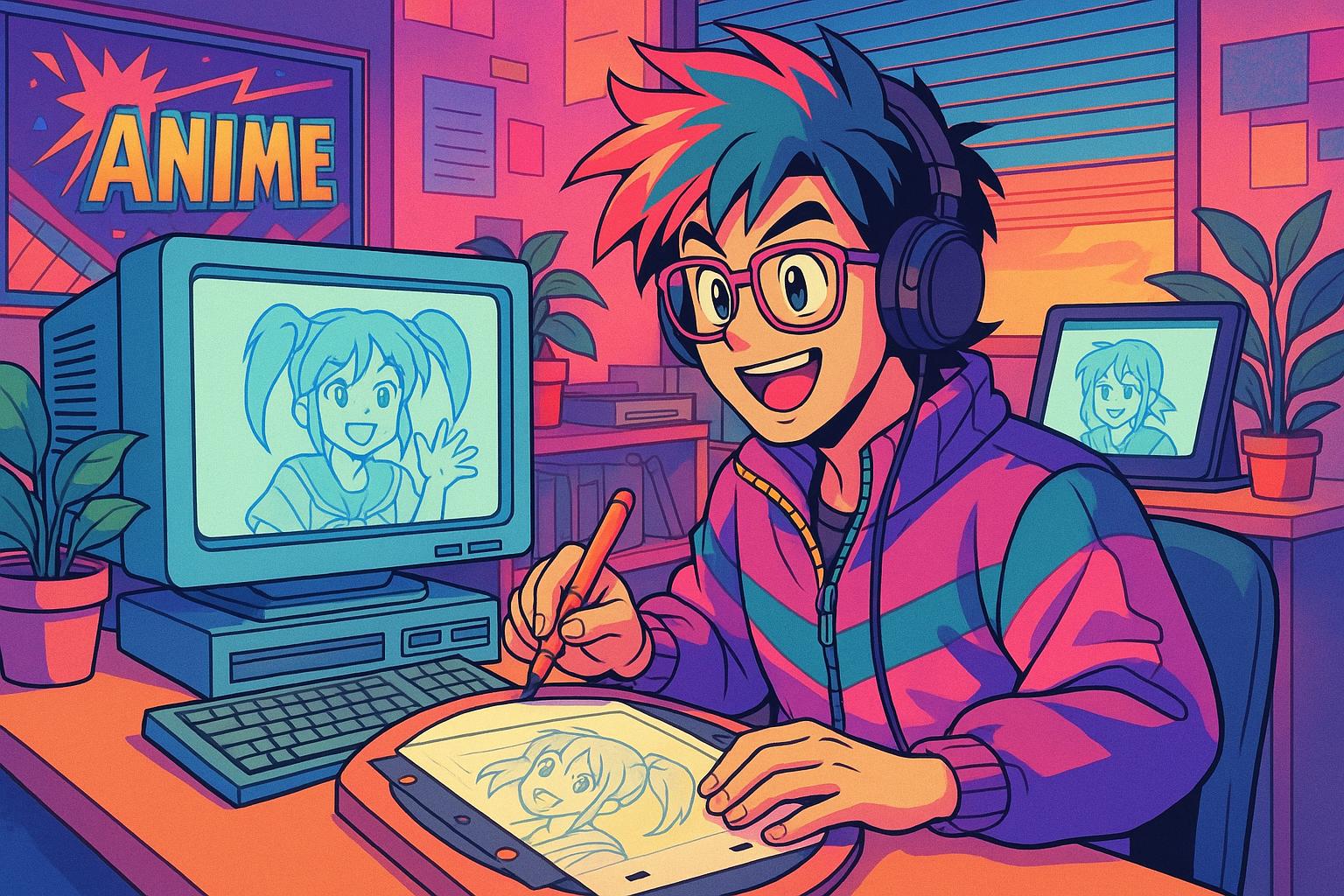In an age marked by rapid technological advancements and ever-evolving viewer expectations, the animation landscape is undergoing a significant transformation. While 3D animation dominates major cinematic releases and video game design, 2D animation is experiencing a notable renaissance. This revival, characterised by a nuanced blend of nostalgia, creative innovation, and modern storytelling techniques, is re-establishing 2D animation as a formidable presence in both entertainment and marketing.
One of the most compelling trends in 2D animation is the resurgence of retro aesthetics, which is captivating audiences of all ages. By reimagining the distinctive styles of the 1980s and '90s while integrating cleaner lines and fluid transitions, studios are leveraging nostalgia to evoke an emotional response. Series like “The Owl House” and “Cuphead” exemplify this phenomenon, merging vintage charm with contemporary storytelling. This trend not only appeals to older generations who grew up with these styles but also resonates with younger viewers drawn to the allure of “old-school” animation. Such strategies enable 2D animation agencies to bridge generational gaps while delivering content that feels both timeless and fresh.
Streaming platforms, including Netflix, Hulu, and Disney+, have further fuelled the demand for diverse animated content. With audiences increasingly seeking original narratives, the affordability and shorter production times typically associated with 2D animation have positioned it as an ideal medium for frequency-driven content. This shift has empowered studios to broaden their offerings, resulting in an array of web series, animated shorts, and feature-length films that explore varied cultural and identity-based stories. Furthermore, the rise of mobile content consumption is contributing to the increasing relevance of vertical animations, specifically designed for platforms like TikTok and Instagram, which demand engaging, quick-view content.
As the animation industry evolves, the integration of AI-driven technologies is fundamentally reshaping workflows. These tools facilitate various elements of production, such as in-betweening and lip-syncing, ultimately enhancing the creative process by allowing artists to dedicate more time to storytelling and design. Agencies that embrace these innovative technologies early on are finding themselves more agile and competitive in a fast-paced market.
Moreover, the push for social advocacy within content has become more pronounced. 2D animation is being harnessed as a powerful medium to address contemporary issues ranging from climate change to mental health. By simplifying complex topics into visually engaging narratives, animation agencies align their creative efforts with socially conscious themes, appealing to increasingly aware audiences.
The future of 2D animation seems poised for growth, underpinned by both its artistic charm and versatility. As styles continue to merge—especially with the rise of hybrid techniques that blend 2D and 3D elements—animation agencies are encouraged to experiment with new methods of storytelling. This openness to innovation is expected to redefine the boundaries of animation, presenting both challenges and opportunities amidst a shifting digital landscape.
Ultimately, as the animation industry ventures into 2025 and beyond, its ability to adapt and integrate new technologies, combined with an unwavering commitment to creative storytelling, ensures that 2D animation will not only endure but flourish as a vital medium for artistic expression and cultural connection.
📌 Reference Map:
- Paragraph 1 – [1], [4]
- Paragraph 2 – [1], [2], [5]
- Paragraph 3 – [3], [6]
- Paragraph 4 – [2], [6]
- Paragraph 5 – [1], [5]
- Paragraph 6 – [1], [2]
- Paragraph 7 – [1], [5]
Source: Noah Wire Services
